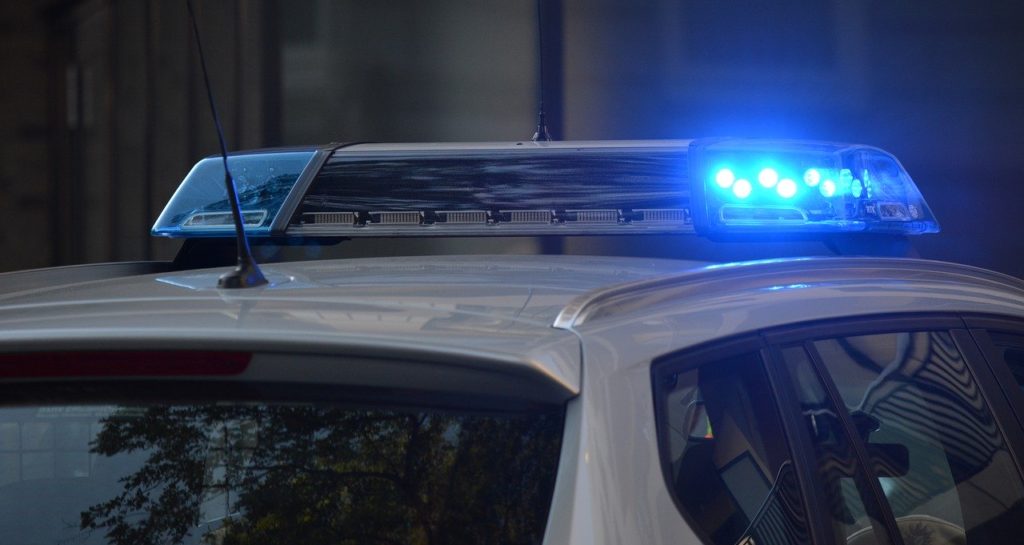- Rail blockade illustrates the ambiguity of legal rights - March 4, 2020
- ‘Colonial policing’ in Indigenous communities a complex issue: Grey - February 3, 2020
- Supreme Court of Canada decision is a call to action for the Crown: Grey - January 15, 2020
It will take more than money to solve the problem of “colonial policing” in Indigenous communities, says Alberta Indigenous rights litigator Leighton Grey.
A recently released report, conducted by the Council of Canadian Academies (CCA) on behalf of Public Safety Canada, concluded that many Indigenous communities are poorly served by a colonial model of policing that not only ignores the cultural traditions but also fails to cultivate the trust of the people who live in the places they serve.
In addition, systemic racism and discrimination remain issues for the majority of First Nations people who live in urban areas served by larger municipal and regional police forces, the report found.
Grey, a senior partner with Grey Wowk Spencer LLP, says that he, like anyone with connections to Indigenous communities, is not surprised by the report’s conclusions.
“There are some really deep, fundamental issues exposed here, that are going to take time, creativity and imagination to solve,” he says. “It’s a complex problem that can’t be solved just by throwing money at it.”
According to the report, a panel of 11 experts was brought together to look at policing in a number of First Nations and Inuit communities. While crime rates in these areas often hit higher levels than national averages, the authors noted that Indigenous people are also disproportionately represented among victims of crime, as well as in the prison population.
The report found Indigenous leaders were critical of the level of support and funding made available to them under the federal government’s First Nations Policing Program, despite the fact it annually costs around $160 million to run.
The program is supposed to empower communities to found their own culturally sensitive police services or customize existing RCMP or provincial detachments based on local needs. However, even among qualifying First Nations and Inuit communities, the report found almost a third had yet to agree on a deal under the program.
“The federal government’s approach is a bit paternalistic, and its solutions seem to be based around promising a lot of money, but I’m not sure that’s the answer,” Grey says. “Everyone has to go back to school on this, and that starts in Indigenous communities. They have to ask themselves what the best policing model is for them in terms of crime prevention and supporting people in crisis, and then come back to the government with a vision for what works.
“They can create their own police service or copy a model that has worked elsewhere,” he adds, noting that part of the CCA report focuses on successful case studies across the country.
For example, Alberta’s Tsuu’tina Nation Police Service, which operates in a community on the border with Calgary was singled out for praise by the report’s authors who were impressed with its dedicated response unit, which works with local people to identify specific needs and concerns for targeted action.
“The relational policing model they are developing is a better option for these communities than the top-down enforcement model most Canadians are familiar with,” Grey says. “When you create links with people at the grassroots level in the community, you can make a great deal of progress in terms of crime prevention. And we all know that an ounce of prevention is worth a pound of cure.”
The report echoes his sentiments, urging all parties to come together to “solve systemic social problems before they manifest as harmful behaviour.”
For any model to be successful, the report also suggests that police receive training to deepen their understanding of the communities they serve.
“This includes the opportunity to learn about the community’s history, laws, local organizations, cultural and spiritual practices, and unique challenges, as well as the realities of working in a specific geographic region or setting,” the report reads.
“These issues are all connected, and the solutions are going to be very challenging,” Grey says. “As a society, we have a dreadful history in terms of the treatment of Indigenous people, but by educating young people on the front line and bringing awareness of the issues people are facing, we can begin to deal with that past.”

